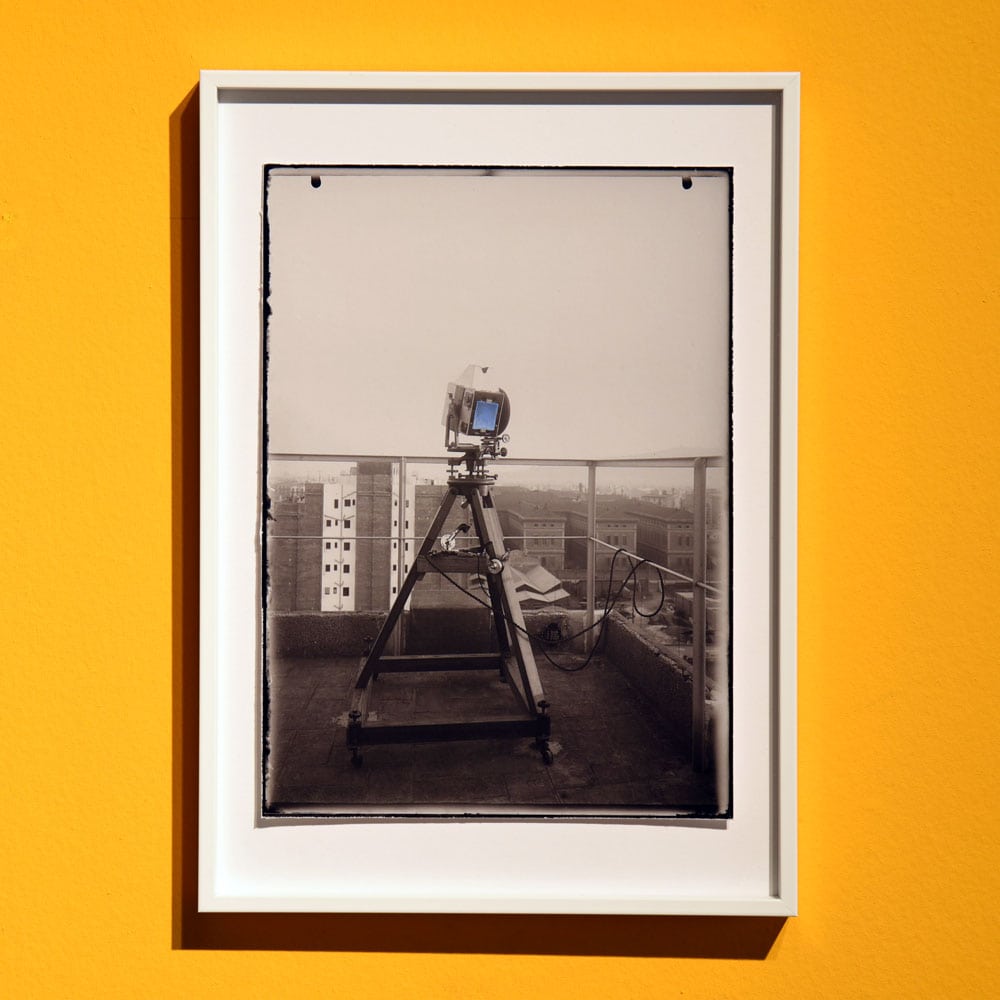Sharing with you Um arquivo de nuvens encontrado, Zaida Trallero’s article for Umbigo Magazine about Andrés Galeano’s exhibition Fons perdut de núvols, at the Centre Mataró Art Contemporani and the RocioSantaCruz gallery.
“Our most frequent approach to heaven is still that of an ironic eye. We tend to look at it as a guide to the atmospheric state or as pure contemplation. Sometimes in search of transcendental thoughts or the pure and simple pleasure of looking at it.
Fons precut de núvols is an artistic investigation by Andrés Galeano (Mataró, Spain, 1980), which begins with the discovery of the 1939 book: els núvols confiscats, by J. Batlló and M. Busto. An investigation on the archive of the old Catalan Meteorological Service, kept at the Cartographic and Geological Institute of Catalonia in Barcelona. The project is presented in the form of an exhibition and an artist’s book and is exhibited in two places, in Mataró Art Contemporani and in the Rocío Santa Cruz Gallery, in Barcelona, both co-producers of the project.
Galeano’s artistic practice is part of post-photography. He stopped taking photographs to work with photographs of other people, most of them taken by anonymous amateur photographers, found at antique markets and fairs. His great collection, years of collection, is exhibited and displayed in parts of his works. Most of the images are linked to the subject that he has been investigating for years: transcendence in relation to the photographic medium, whose visual representation addresses the celestial. On this occasion, he is working for the first time with an official archive, which allows him to activate a whole series of topics already dealt with in his previous works, condensing many of his interests, in addition to contributing to the recovery of historical memory through his artistic practice.
In his project, Galeano proposes three ways of approaching the sky through photography: the physical, the metaphysical and the digital. ”
Read the full article here:
– Um arquivo de nuvens encontrado: Andrés Galeano no Mataró Art Contemporani e na Galería Rocio Santa Cruz, Zaida Trallero














